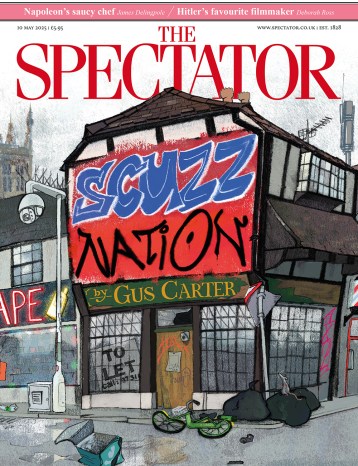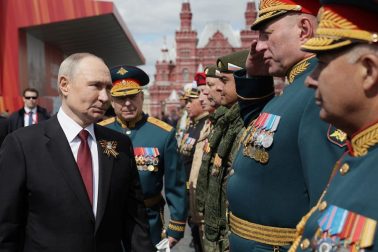As the absurdly coiffed and probably deranged Kim Jong-Il fingers his nuclear button, not even the ballsiest hedge fund manager would contemplate investing in the prospect of Korean reunification. But I could name one secretive London investor who took a big punt back in the 1980s, buying a bundle of North Korean government debt at a tiny percentage of its nominal value on the off-chance that it will one day be redeemed at par by a united Korean treasury.

Disagree with half of it, enjoy reading all of it
TRY A MONTH FREE
Our magazine articles are for subscribers only. Try a month of Britain’s best writing, absolutely free.
Already a subscriber? Log in






Comments
Join the debate, free for a month
Be part of the conversation with other Spectator readers by getting your first month free.
UNLOCK ACCESS Try a month freeAlready a subscriber? Log in